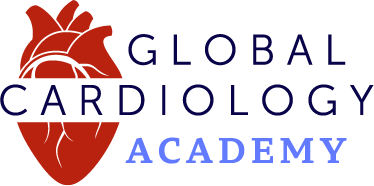Exercise-enhanced MRI techniques offer a novel approach to cardiac diagnostics by capturing dynamic, stress-induced heart function in real time, delivering precision that static studies cannot match, as demonstrated in protocols for biking in an MRI machine to check heart health.
Accurate diagnosis of heart disease remains challenging when imaging is performed at rest. Many functional abnormalities only manifest under physiological stress, leaving clinicians to infer performance rather than observe it directly. Incorporating real-time exercise into MRI overcomes these blind spots and unveils subtle dysfunctions pivotal for early intervention.
Despite advances in magnetic resonance, computed tomography continues to serve as a cornerstone for visualizing coronary and extracardiac anatomy. Its high resolution is invaluable for planning interventional strategies, yet concern over cumulative radiation doses can deter appropriate utilization. Practical guidance on balancing diagnostic benefits with safety is available in what to ask your doctor before a CT scan, highlighting dose-modulation protocols and iterative reconstruction to reduce exposure, according to ACR radiation dose optimization guidelines.
Parallel to hardware innovations, artificial intelligence is reshaping radiology workflow and output. Integration of generative AI fully embedded in clinical radiology has increased departmental productivity by 40%, accelerating report turnaround while maintaining diagnostic fidelity. Beyond productivity gains, AI’s analytical prowess extends into predictive domains, where complex data patterns forecast patient trajectories.
One such example of predictive innovation is a predictive AI model for neurodegenerative diseases, illustrating how machine learning can discern subtle biomarker shifts long before clinical symptoms emerge. While applications in cardiac events remain hypothetical, predictive AI for cardiac events is being explored to optimize monitoring strategies.
Extending beyond adult cardiology, real-time imaging techniques are making strides in obstetric practice. Fetal cardiac ultrasound at labor onset offers critical prognostic insight, empowering obstetricians to anticipate complications and adjust delivery plans. For instance, an ultrasound scan of a baby's heart at the onset of labor has demonstrated utility in predicting perinatal outcomes and ensuring timely interventions.
These converging trends in novel imaging and AI-driven diagnostics promise to refine clinical pathways and personalize cardiac care. Embedding these technologies into everyday practice will require coordinated efforts across specialties, robust training programs, and ongoing evaluation to close remaining gaps in patient outcomes.
Key Takeaways:- Exercise-enhanced MRI provides a precise method for dynamic cardiac assessment.
- CT scans remain crucial, but safety protocols for radiation exposure need emphasis.
- AI integration in radiology improves productivity and predictive capabilities without losing accuracy.
- Fetal cardiac ultrasound during labor enhances the prediction of childbirth outcomes.

